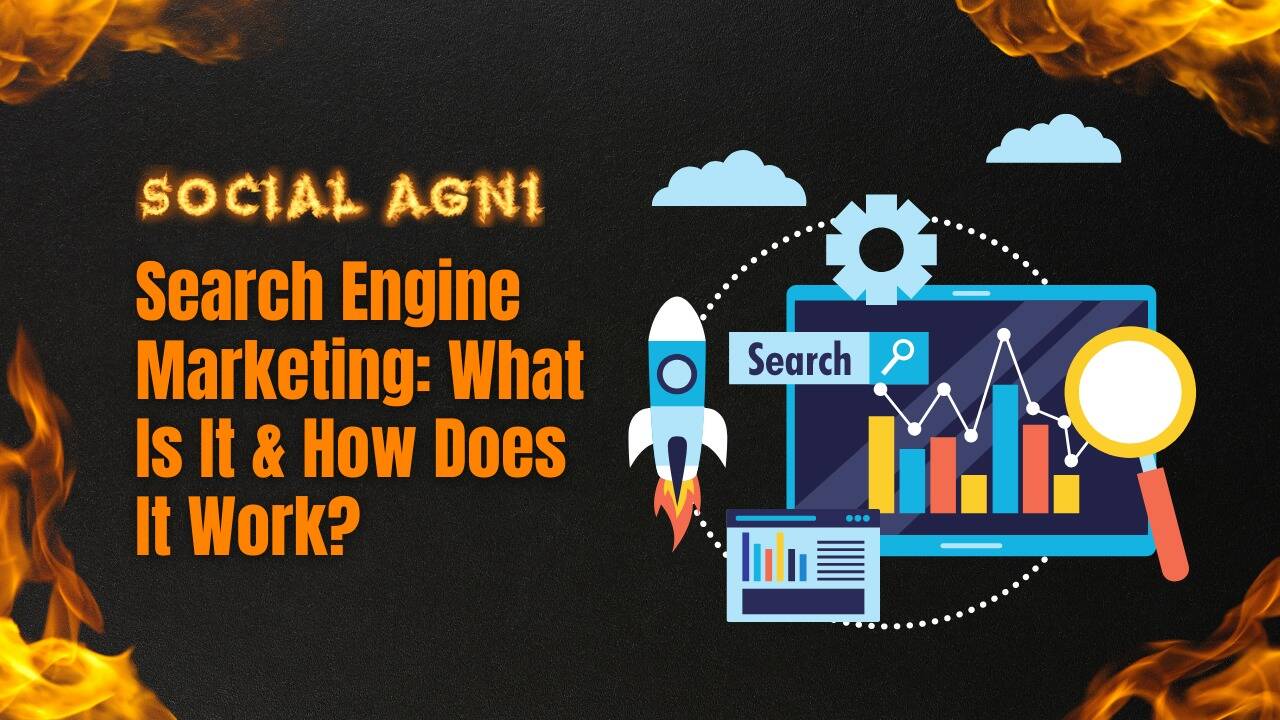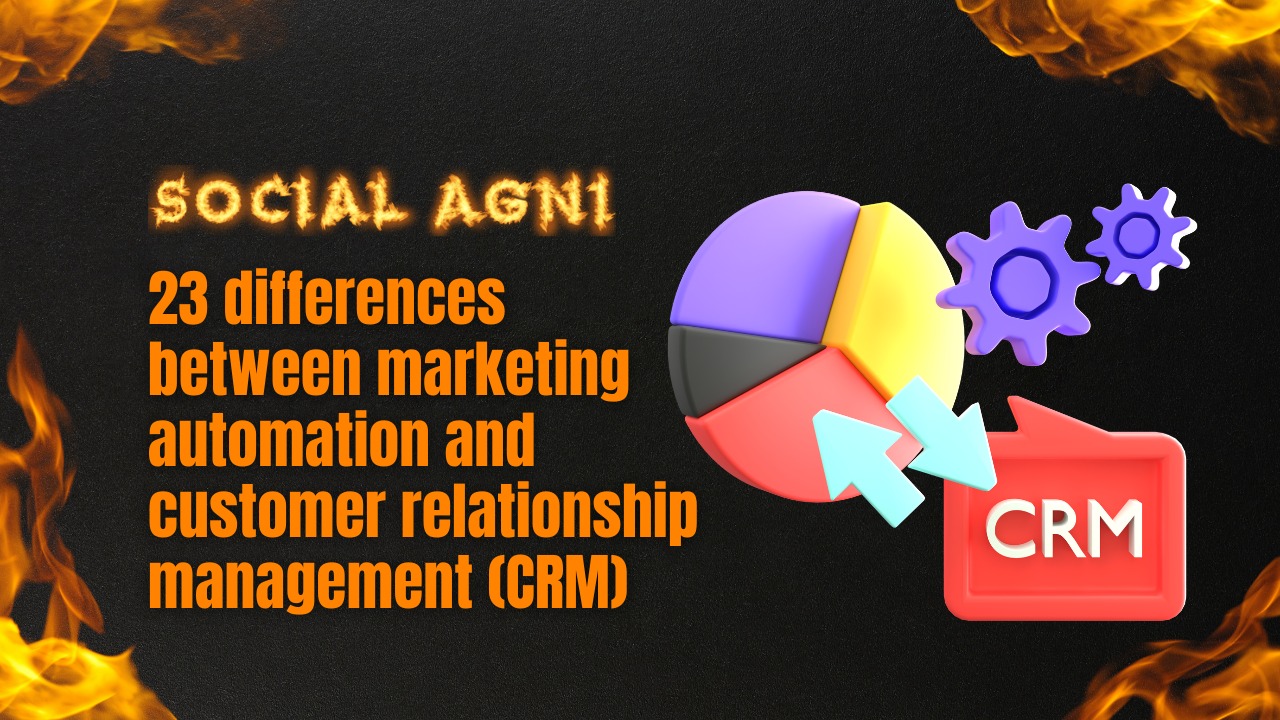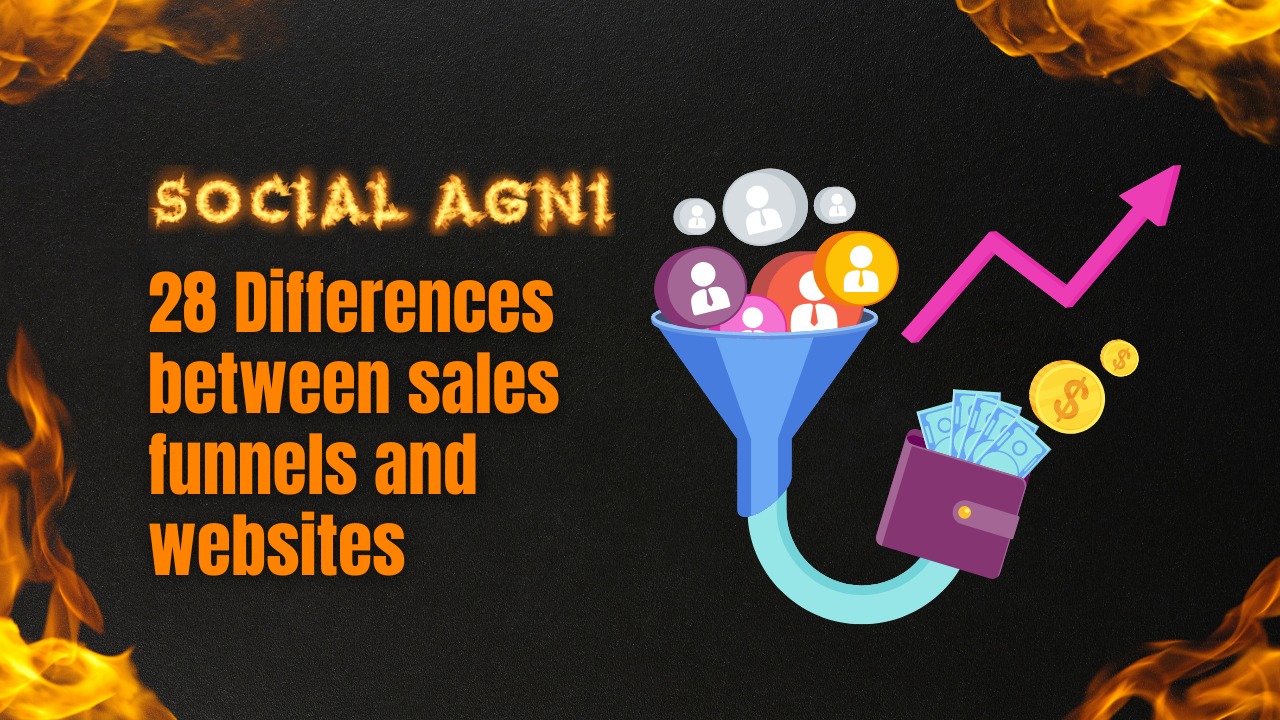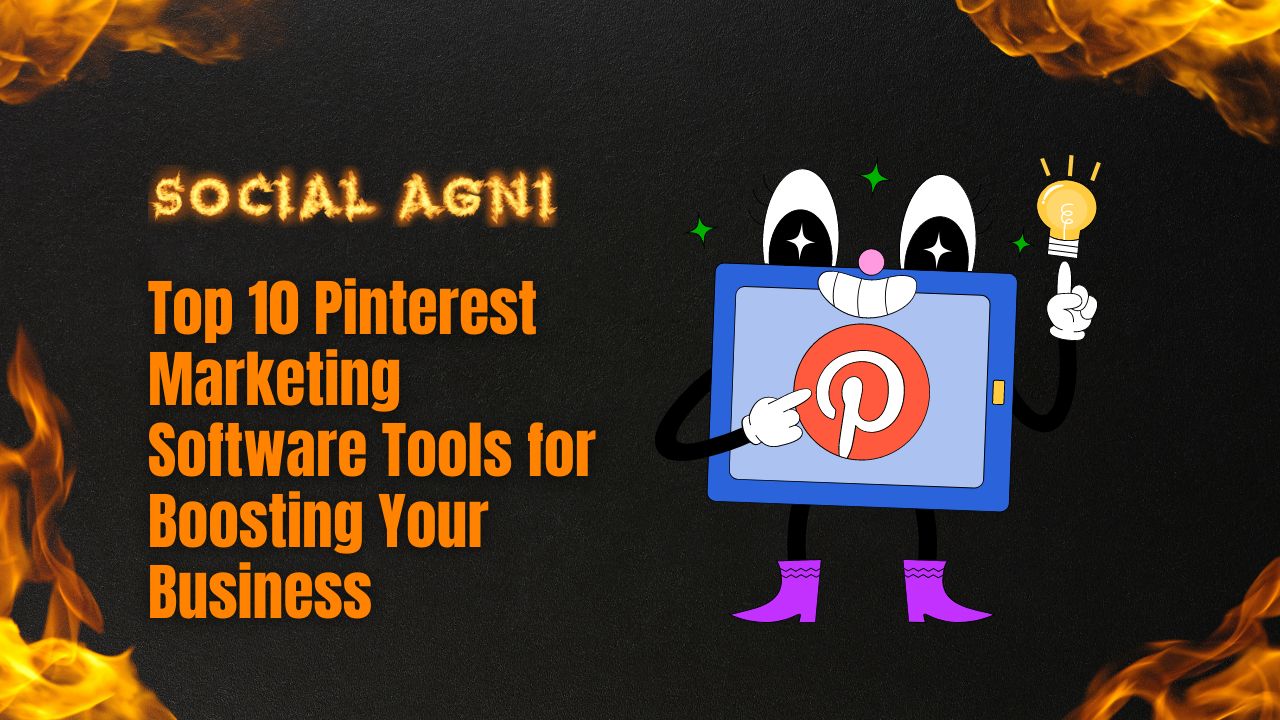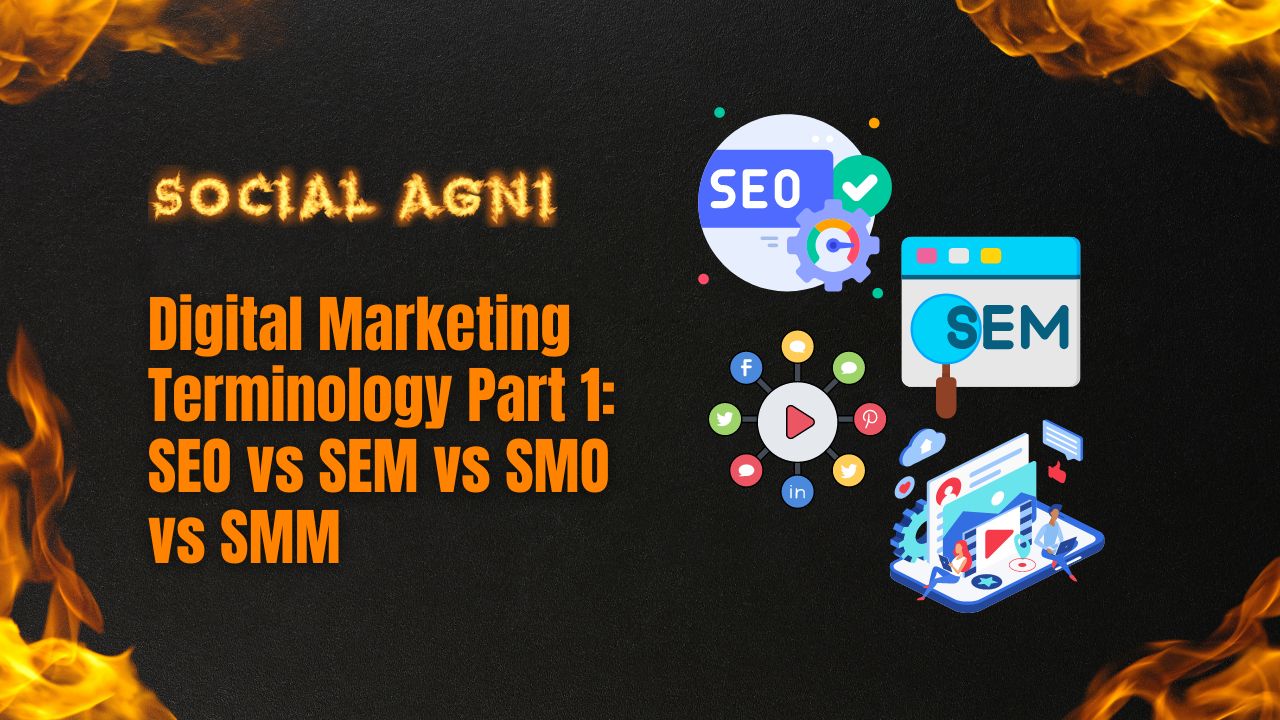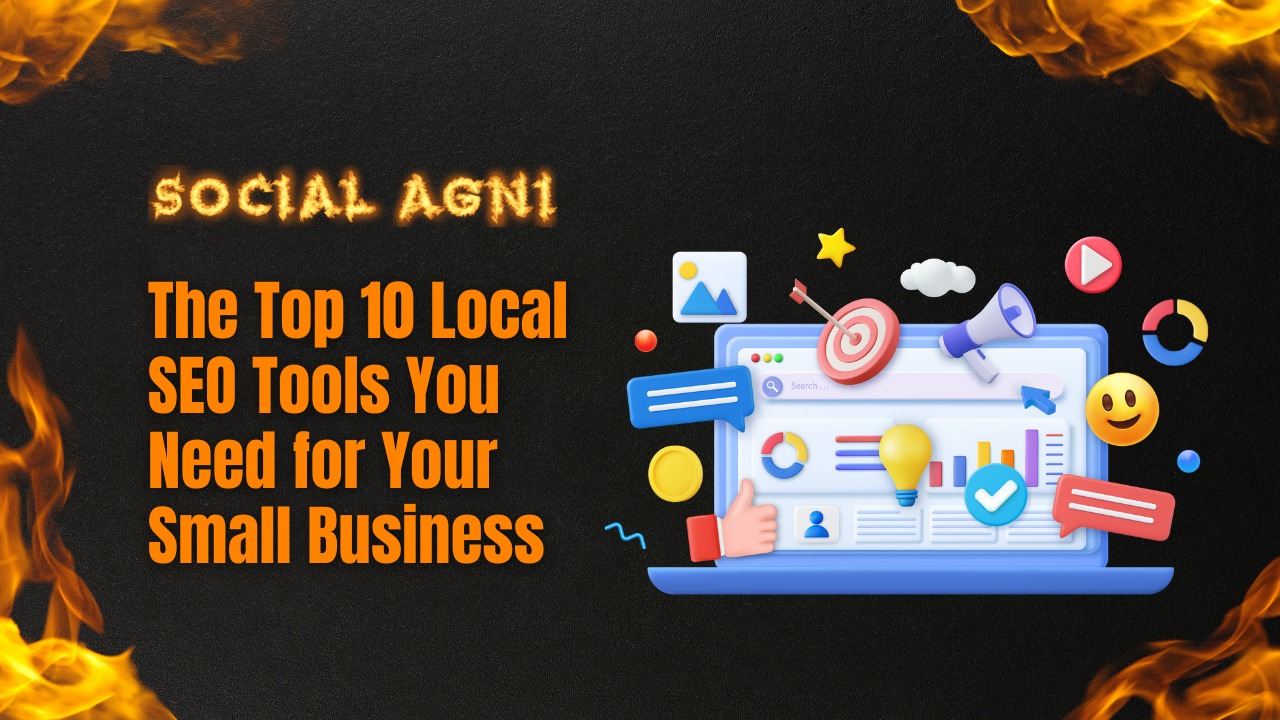If you want your website to rank higher in search engine results pages (SERPs), then you need to be doing search engine marketing (SEM). SEM is a strategy that uses online advertising and other methods to reach and engage customers who are looking for products or services from you.
There are many different types of SEM, so it’s important to find the approach that will work best for your business.
What is search engine marketing?
Search engine marketing (SEM) is a form of advertising that uses the power of search engines to reach potential customers.
SEM employs various strategies, including paid search, organic search, and social media marketing, to drive visitors to a website or web page. SEM can be used to promote any type of product or service.
The goal of SEM is to increase traffic to a website or web page from search engines. Traffic from search engines is valuable because it can lead to leads and sales opportunities. SEM campaigns can also help build brand awareness and improve a company’s ranking in Google and other major search engines.
How Search Engine Marketing Works?
There are three primary steps in SEM: planning, executing, and monitoring.
- In planning, companies determine their objectives and strategies for reaching those objectives.
- They then create and execute a plan of action to achieve those objectives.
- And finally, they monitor results to make adjustments as needed.
What are the different types of search engine marketing (SEM)?
Search engine marketing (SEM) is a broad term that refers to a variety of online marketing activities designed to improve the visibility and ranking of a website or web page in search engine results pages (SERPs).
SEM can include activities such as creating original content, conducting paid advertising, and building links.
There are a number of different SEM techniques that can be used to drive traffic to a website or web page. Some common strategies include paid search, organic search, and social media marketing.
There are three main types of SEM:
- Paid search
- Organic Search
- Social media
- Paid Search:
It is one of the most common SEM strategies. Paid search refers to advertising that is paid for by the advertiser. The advertiser pays a company called a search engine optimization (SEO) company to improve the ranking of their website or web page on search engines. Paid search can be effective because it is one of the few ways to directly reach potential customers through Google.
- Organic search
It is another common SEM strategy. Organic search refers to marketing that does not rely on paid advertising. Websites and web pages that are optimized for organic traffic are likely to appear in Google’s top results for specific keywords. This type of traffic is valuable because it comes from users who are looking for information about a product or service online.
- Social media marketing
It is another common SEM strategy. Social media marketing involves using social media platforms, such as Facebook and Twitter, to reach potential customers. Social media platforms are popular because they allow companies to directly communicate with many people at once.
Types of SEM Techniques
- Basic search engine optimization (SEO): Enhancing a site so that it appears higher in search engine results pages (SERPs) for specific keywords. This can be done through optimizing the site content, title tags, and meta descriptions; using keyword research to find relevant keywords; and implementing link building strategies.
- Pay per click (PPC): Advertisements that are clicked on by visitors of a site. The advertiser pays the search engine company based on the number of clicks received.
- Sponsored links: Links displayed next to a website’s name or domain name as a result of a sponsorship agreement. The search engine company pays the website owner/operator for displaying these links.
- Internal search engine marketing: Activities that are conducted by a company or organization to improve its own search engine ranking. These activities could include developing and using internal search engine optimization (SEO) techniques, creating and implementing web content strategies, and conducting keyword research.
- Exact match domains (EMDs): Domains that are designed specifically to rank high for specific keywords. EMDs must have the exact keyword(s) as the domain name, and they must not be used by any other websites.
- Phony or low-quality traffic: Traffic that is generated from sources that are not legitimate, such as spammy links, clicks from bots, or traffic generated through deceptive practices.
- Organic search engine ranking: Ranking in the search engine results pages (SERPs) based on factors such as quality content, relevant links, and user engagement.
- Paid search: Search engine advertising where the advertiser pays the search engine company for clicks on their advertisements.
- Private label search engine advertising: Search engine advertising where the advertiser’s product or service is promoted as the result of a search for a specific keyword.
- Natural search engine ranking: Ranking in the search engine results pages (SERPs) based on factors such as relevance to the user’s query, quality of content, and engagement from users.
How to execute search engine marketing
Search engine marketing (SEM) is a term used to describe different marketing strategies that are used to improve the visibility of a website or web page in search engine results pages (SERPs).
SEM can be broken down into two main categories: paid search and organic search.
Paid SEM is typically more expensive than organic search, but can yield better results.
Organic search refers to SEO efforts that don’t involve paying anyone for advertising space. Instead, websites seek to improve their ranking in Google by optimizing their content, layout, and design.
To improve your SEM efforts, start by creating a search engine marketing plan. This document will outline your goals and objectives for SEM, as well as the strategies you’ll use to achieve them.
Next, target your audience with relevant content. Make sure your website is easy to navigate and contains valuable information that can be found by users in search results.
Finally, promote your site through paid and organic advertising campaigns.
There are a number of different SEM tools and services available, so it’s important to choose the right one for your business.
Some of the most popular tools include Google AdWords, Facebook Ads, and Bing Ads.
The benefits of search engine marketing
Search engine marketing (SEM) boasts a plethora of benefits for businesses of all sizes. Here are just a few:
- Increased website traffic: SEM can drive traffic to your website from search engines, which can increase your website’s visibility and potential customers. In fact, according to recent studies, search engine yields account for as much as 85% of all internet traffic.
- Increased brand exposure: SEM can help your business become more visible online and even lead to increased sales due to better customer discovery and conversion rates. Your business will also appear in more reputable search engine results pages (SERPs), increasing the chances that potential customers will find you.
- Increased ROI: According to Aberdeen Group, the average return on investment for SEM is 10x greater than that of traditional advertising methods like print ads and TV commercials. This means that businesses using SEM can see an extremely high return on their investment, regardless of their size.
- Reduced costs: SEM doesn’t require any set up or maintenance fees – it’s effective and efficient from the get-go! Plus, there are no expensive insertion fees or contractual obligations either – you simply pay per click/129 or conversion rate.
- Increased brand engagement: SEM can help your business achieve a strong level of brand engagement, which can lead to increased loyalty and sales. By creating engaging content and developing effective search engine marketing campaigns, businesses can encourage customers to return again and again, deepening their relationship with them.
- Increased brand awareness and credibility: Having a high-quality website with SEM in place will give your business an air of credibility, which can lead to increased sales and more customer loyalty.
Overall, search engine marketing is an extremely powerful tool that can be used by businesses of all sizes to achieve success online. By taking advantage of its many benefits, businesses can reach new heights and increase their profits dramatically.
So, why not give search engine marketing a try today? It could be the key to success for your business!
How can SEM be used to promote a business?
SEM can be used to promote a business in a variety of ways, such as increasing website traffic, improving ranking on search engines, and generating leads from online searches. SEM can also be used to create awareness for a brand or product by increasing web traffic and engagement.
Final Words
Search engine marketing (SEM) is a form of online advertising that uses search engines to drive traffic to websites. SEM can be used for a variety of purposes, including attracting new customers, increasing website visibility and ranking higher in Google searches, and building brand awareness.
By improving your website’s ranking, you are likely to receive more visitors from the search engines, leading to higher web traffic and increased sales. If you would like to learn more about search engine marketing and how it could benefit your business, take a look at our comprehensive guide.
